Those unpaid invoices can be a real threat to your small business’s financial health.
While big businesses can absorb the occasional unpaid bill, late payers pose more of a threat to smaller companies. So, how do you avoid them? Consider seven tried-and-true methods that have helped other small businesses get paid promptly:
Penalties: Start with a clear policy stating that late payments will incur a penalty. Let customers know that a small interest amount will begin to accrue following the due date if you haven’t received any payment. Of course, if a customer has been prompt in the past, you can always decrease or waive the penalties if they agree to pay by a given date.
Discounts: Offering discounts—say, 5% off for people who pay in advance—both rewards good customers and pays you back in the form of saved administration costs.
Contracts: Some construction contractors include dispute-resolution language in their contracts to discourage clients from withholding payment over frivolous complaints. If checks don’t arrive on time, contractors can let clients know they’ll be starting an arbitration process that would require the client to cover their fair share of legal expenses—prompting them to pay up.
Up-front payment: Deposits, down payments and retainers can all help protect your business. For labor-intensive projects, try following the lead of custom quilter Rita Sheloff. She requires half up front and the rest when the job is complete. Once she receives a deposit, Sheloff says, “I send people an invoice that clearly states that the remaining balance must be paid before the product will be shipped out.”
Good rapport: Customers are used to getting payment reminders from a stranger in accounting. However, at Orlando, Fla.-based ForTheFit.com, says president Consuelo Bova, “customers only hear from the sales staff, with whom they often have long-standing relationships. The personal attention they receive throughout the sales cycle makes our customers more apt to pay our bills on time.”
Mixed methods: If you offer a variety of services, why not base payment agreements on the type of work a client receives? For speaking engagements, Hamilton Conn.-based business strategist Maria Marsala says she requires payment the day of the service to avoid the cost of following up.
But when doing consulting work, she says, “I use a 50-25-25 pricing structure: 50% up front, 25% mid-way and 25% at the end.” By staggering payment, she allows more flexibility for the client while ensuring that products and expenses will be covered.
Negotiation: Sometimes it’s worth negotiating a compromise that you can both accept. You should still set strict boundaries, but offer to lower your prices if it means maintaining business with desirable clients.
https://www.nfib.com/content/resources/money/invoicing-the-right-way-71173/






